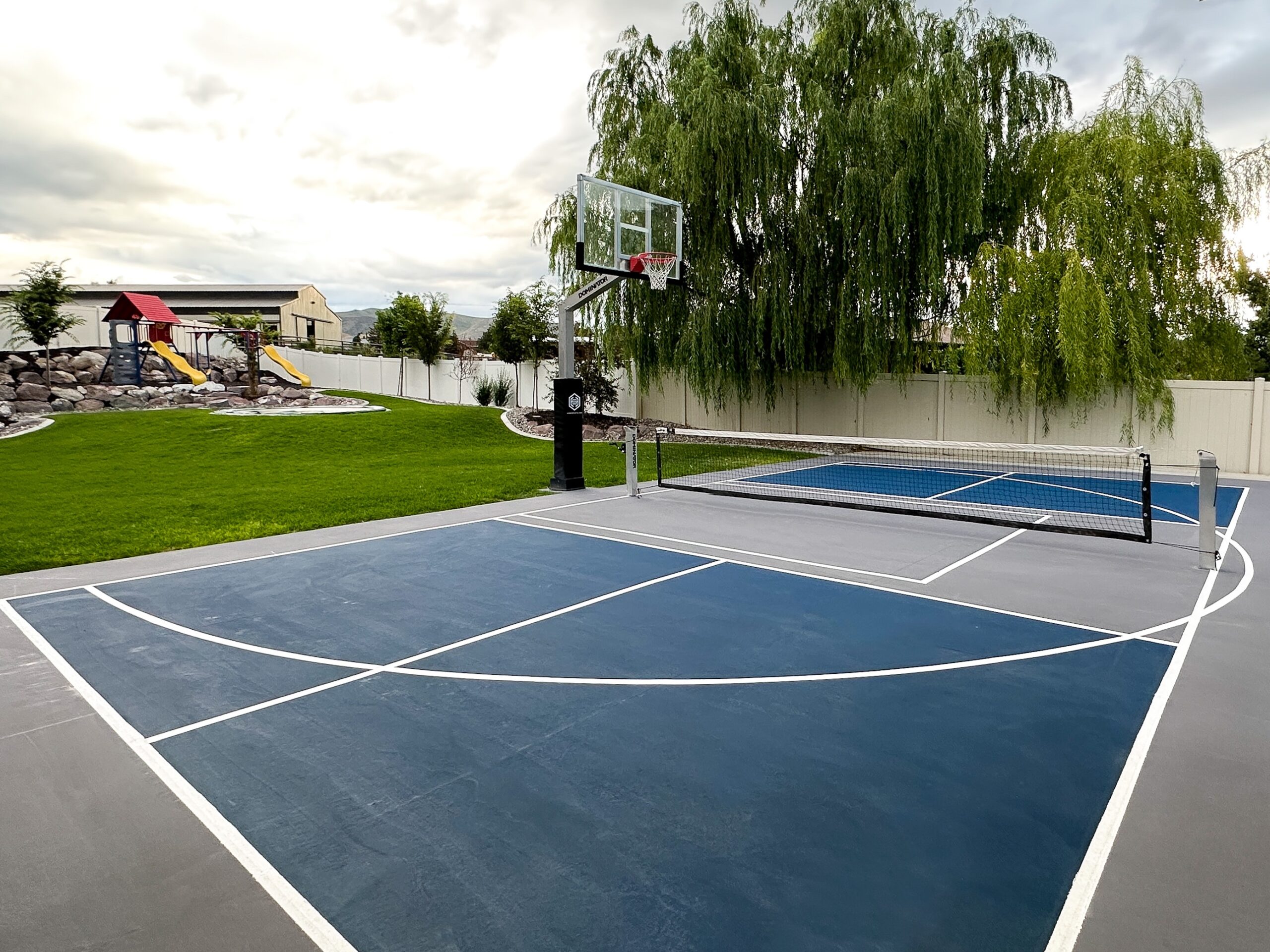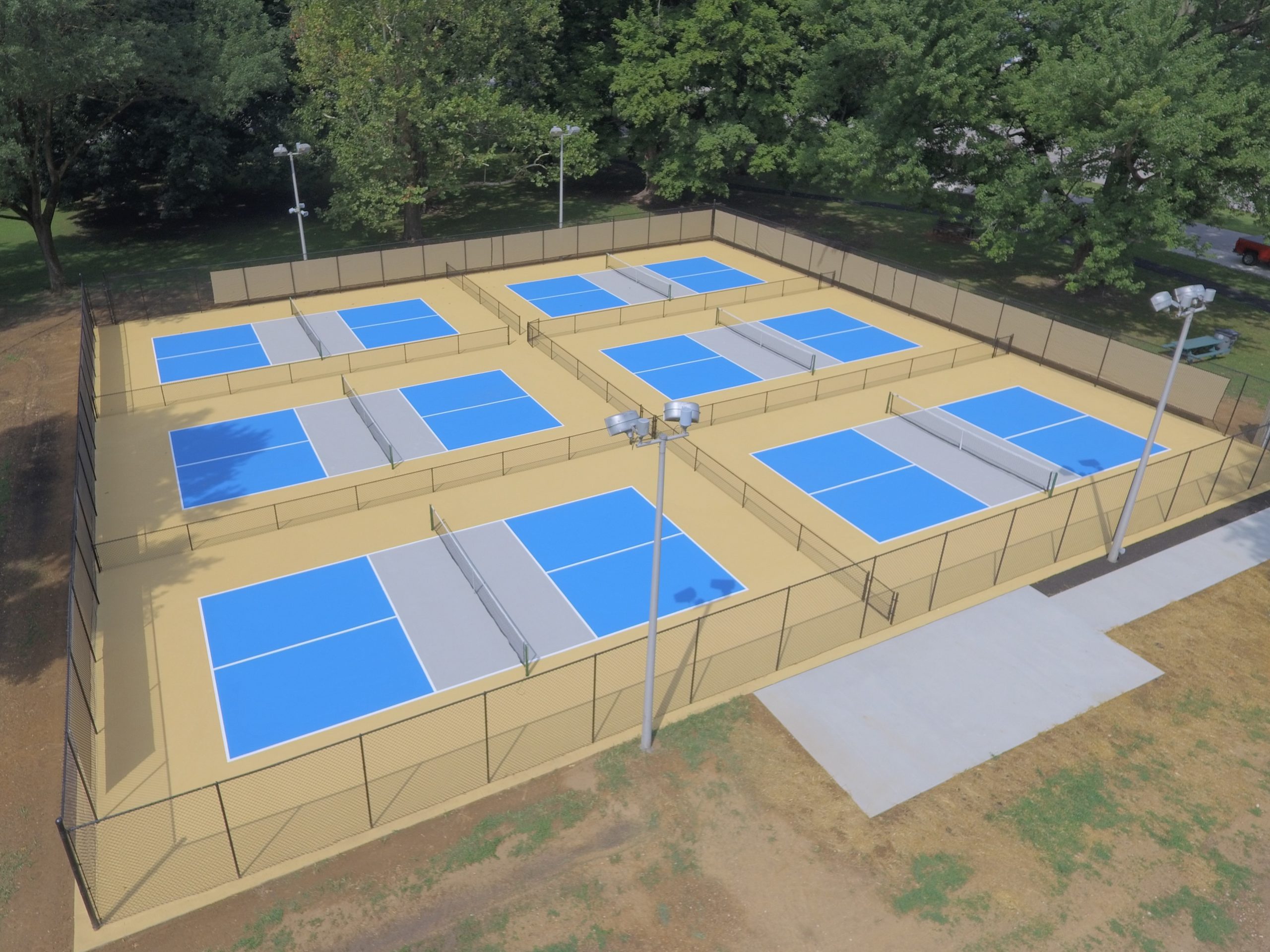Why Illinois and Midwest Are Choosing Us for Pickleball Courts Layout & Building And Construction
Why Illinois and Midwest Are Choosing Us for Pickleball Courts Layout & Building And Construction
Blog Article
Discover the Different Kinds Of Pickleball Judiciaries Available for Recreational and Competitive Play
Understanding the numerous sorts of pickleball courts readily available is vital for enhancing both entertainment pleasure and affordable success in the sport. From exterior courts that take advantage of natural environments to indoor centers designed for year-round play, each kind provides unique advantages. Additionally, mobile and specialty courts provide to diverse player demands, while multi-use sports centers promote community involvement (Illinois and midwest). As the popularity of pickleball proceeds to grow, the ramifications of court option for player experience and performance warrant more detailed examination. What aspects should players think about when picking the optimal court for their demands?
Exterior Pickleball Courts

One of the vital advantages of exterior courts is the capability to appreciate the video game in varied climate condition, which can enhance the general experience. Gamers frequently gain from all-natural light, which can improve visibility and emphasis throughout suits (Illinois and midwest). In addition, the unification of wind and sunlight can present special difficulties, needing players to adapt their strategies
Outside courts are typically located in parks or leisure centers, supplying a community-oriented ambience that motivates social interaction and engagement. Many centers supply facilities such as seating, restrooms, and water terminals, improving the benefit for players. In addition, the visibility of surrounding greenery and landscapes can develop a tranquil backdrop that complements the energetic nature of the sporting activity.

Indoor Pickleball Courts
Indoor pickleball courts supply an unique playing environment, giving gamers with a controlled setup that eliminates weather-related variables. This security is especially advantageous for severe competitors that seek to preserve regular performance degrees. Normally, indoor courts are created from smooth surfaces such as wood or specialized synthetic materials, which facilitate ideal round bounce and player activity.
The dimensions of indoor pickleball courts adhere to the official laws, gauging 20 feet large by 44 feet long for both singles and doubles play. These courts are typically housed in multi-purpose centers, gyms, or devoted sporting activities facilities, allowing year-round gain access to regardless of exterior conditions. Furthermore, interior courts typically feature appropriate lights and air flow, ensuring a comfortable environment for prolonged play.
Interior pickleball likewise cultivates a feeling of neighborhood, as players can take part in arranged organizations, tournaments, and get-togethers without the unpredictability of outdoor conditions. The acoustics in indoor setups enable boosted communication between gamers, further enriching the gameplay experience. Generally, interior pickleball courts give a perfect location for both entertainment satisfaction and affordable play, appealing to a varied array of gamers.
Mobile Pickleball Judiciaries
While many players appreciate the stability of traditional courts, portable pickleball courts provide a flexible option that accommodates a range of playing atmospheres. Created for simple setting up and disassembly, these courts can be established up in different places, including gyms, car park, and parks, making them excellent for both informal play and arranged occasions.

Moreover, mobile pickleball courts can be kept conveniently when not being used, lessening the requirement for dedicated room. A number of producers supply choices that include markings for main court dimensions, making certain conformity with competitive criteria. As the popularity of pickleball proceeds to increase, portable courts provide an effective remedy for broadening the reach of this interesting sporting activity, allowing gamers to enjoy the video game in diverse setups. Ultimately, they act as a bridge between entertainment enjoyment and affordable play.
Specialty Pickleball Courts
Exploring specialty pickleball courts exposes a special element of the sporting activity, providing to specific needs and preferences of players. These courts are developed to improve the playing experience, offering tailored atmospheres that attend to certain needs. Some specialty courts focus on ease of access, featuring surfaces and formats that suit people Full Report with physical handicaps. These courts usually consist of wheelchair-friendly styles and adaptive equipment, ensuring inclusivity in the sporting activity.
Another type of specialty court is the indoor pickleball facility, which safeguards players from damaging weather and enables year-round play. These environments usually feature high-quality flooring and illumination, maximizing efficiency and exposure. In addition, certain courts are specifically created for specialist training, incorporating advanced modern technology for ability advancement, such as video evaluation systems and specialized training aids.
Furthermore, some locations try out one-of-a-kind surface materials, boosting round bounce and gamer traction. These technologies aim to elevate the gameplay experience, bring in varied player demographics. Generally, specialized pickleball courts play an important function in cultivating the development of the sporting activity by meeting varied gamer needs and choices while advertising inclusivity and availability.
Multi-Use Sports Facilities
Multi-use sporting activities facilities have arised as versatile venues that suit a variety of sports tasks, including pickleball. These facilities are created to make best use of the use of area, accommodating various sports such as basketball, beach ball, and tennis along with pickleball. By incorporating adjustable nets and court markings, these locations can swiftly change from one sport to another, making them optimal for area leisure and competitive events.
The integration of pickleball into multi-use sports facilities shows the expanding appeal of the video game. With its smaller court dimensions and fitting guidelines, pickleball is quickly carried out in common rooms. Facilities often include dedicated times for pickleball, ensuring that players have access to quality courts without disrupting other activities.
Moreover, multi-use sports facilities visit our website improve neighborhood engagement by promoting look at here now diverse entertainment possibilities. They usually organize organizations, competitions, and training centers, fostering a sense of camaraderie amongst individuals. By purchasing such centers, districts can supply accessible and inclusive settings that deal with different age groups and skill degrees, consequently motivating a healthy lifestyle and the growth of athletic talent within the area.
Verdict
In recap, the range of pickleball courts-- exterior, indoor, mobile, specialty, and multi-use sports centers-- provides varied opportunities for both leisure and affordable play. Ultimately, the accessibility of numerous court types contributes dramatically to the advancement of a vivid pickleball culture.
Report this page